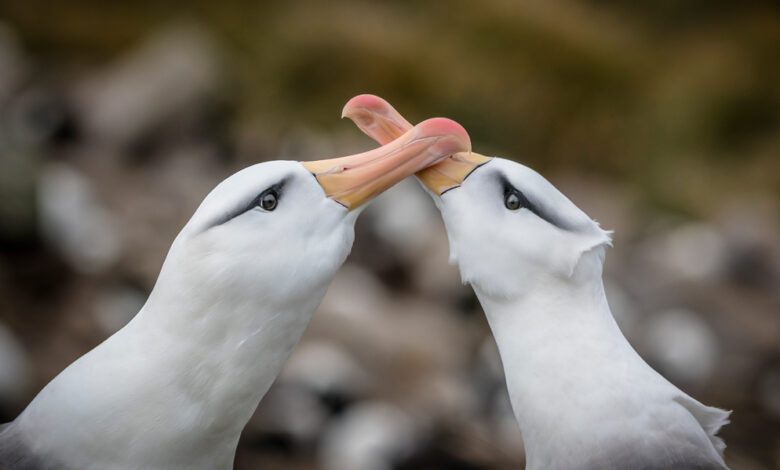Just like humans, even birds are found to divorce their partners
Researchers have found that the reasons for divorce among birds are similar to humans.

You must have heard of people getting separate because of disagreements or loss of love leading to lengthy court proceedings and finally divorce but have you heard that even birds divorce each other?
Researchers have found that even birds showcase such similar behaviour and that they too divorce each other because of reasons similar to those seen in humans, such as sexual conflict and stress from the surrounding environment. The process of ‘divorce’ among birds is actually quite diverse and varies significantly across different species. This behaviour is quite contrary to what we believed as birds are normally thought of as monogamous, where they typically have a single mating partner for at least one breeding season.
In a recent study published in the journal Proceedings of the Royal Society, scientists from China and Germany examined previously published data on divorce rates in almost 230 bird species to identify primary factors influencing divorce rates among birds.
The researchers analyzed correlations between divorce rates and various factors, including the promiscuity of both sexes, tendency for polygamy, migration distance, and adult mortality. The researchers observed that it was male promiscuity rather than female promiscuity which had a positive relationship with divorce rates. The researchers also found that the distance of migration between the birds plays a significant role in bird divorces and influenced divorce rates, whereas, adult mortality rate does not have any direct relation.
The findings also indicate that the species with high divorce rates are often closely related to one another, and this pattern was also observed among species with low divorce rates. A similar correlation was found when considering male promiscuity.
“These findings suggest that divorce may not be a simple adaptive (driven by sexual selection) or non-adaptive strategy (resulting from accidental loss of a partner) in birds. Instead, it could be a combination of responses to sexual conflict and stress from the surrounding environment,” stated the research team in their paper.



